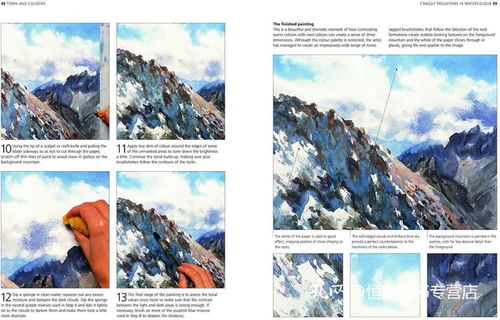Content:
Introduction: Drifting is a highly effective technique in fishing that involves letting the bait or lure float with the current of a river or stream. It mimics the natural movement of insects and other prey, making it an attractive option for catching a variety of fish. In this article, we will delve into the intricacies of how to master the art of drifting and provide you with a detailed guide, complete with illustrations, to enhance your fishing skills.
Section 1: Understanding Drifting 1.1 What is Drifting? Drifting is a fishing technique where the angler allows the bait or lure to be carried by the current of a river or stream. This method is particularly effective in areas with strong currents or when targeting fish that are accustomed to feeding in the flow of water.
2 Benefits of Drifting
- Increased chances of catching fish due to the natural movement of the bait.
- Suitable for various types of fishing environments, including rivers, streams, and lakes.
- Allows for covering a larger area in a shorter time.
Section 2: Equipment for Drifting 2.1 Rod and Reel Choose a lightweight rod with a fast action for better sensitivity and control. A spinning reel with a smooth drag system is ideal for managing the line and maintaining a consistent drift.
2 Line and Leader Use a monofilament line with a diameter of 6-10 pounds, depending on the fish species and water conditions. Attach a leader of 12-18 inches with a suitable breaking strength for the targeted fish.
3 Bait or Lure Select a bait or lure that is appropriate for the fish species and water conditions. Common options include artificial flies, spinners, crankbaits, and live bait like worms or insects.

Section 3: Drifting Technique 3.1 Casting Start by casting the bait or lure upstream or slightly into the current. Ensure that the line is tight and the rod is held at a 45-degree angle to the water surface.
2 Letting it Drift Once the bait or lure is in the water, allow it to drift with the current. The key is to maintain a steady and natural movement. Adjust the rod position and retrieve speed to control the drift.
3 Sensitivity and Strikes Be attentive to any changes in the line or rod tip, as these indicate a potential strike. React quickly by setting the hook with a firm and decisive pull.
Section 4: Drifting Tips and Tricks 4.1 Timing Adjust the timing of your retrieve based on the water conditions and fish behavior. In faster currents, a slower retrieve may be more effective, while in slower currents, a faster retrieve can trigger strikes.
2 Water Depth Vary the depth of the drift by adjusting the weight of the bait or lure. This allows you to target fish at different levels within the water column.
5 Wind Conditions Utilize the wind to your advantage. A gentle breeze can help maintain a consistent drift, while strong winds may require additional line control and adjustments.
Section 5: Drifting Technique Illustrations 5.1 Casting Illustration [Insert illustration showing the correct casting technique for drifting, including rod angle, line tension, and hand position.]
2 Drifting Illustration [Insert illustration demonstrating the natural drift of the bait or lure, showing the current's direction and the angler's position relative to the water flow.]
3 Sensitivity and Strikes Illustration [Insert illustration highlighting the signs of a potential strike, such as sudden line movement or a twitch in the rod tip.]
Conclusion: Mastering the art of drifting is a valuable skill for any angler looking to improve their fishing success. By understanding the technique, selecting the right equipment, and following the provided tips and tricks, you can enhance your chances of catching fish in various water environments. Remember to practice patience and adaptability, as the key to successful drifting lies in observing the water conditions and adjusting your technique accordingly. Happy fishing!












